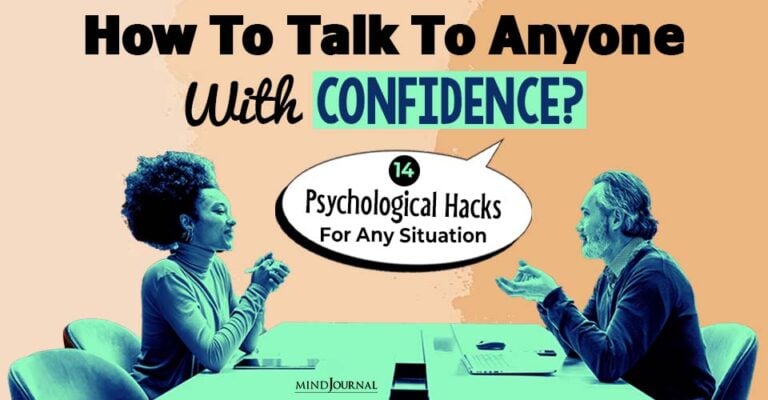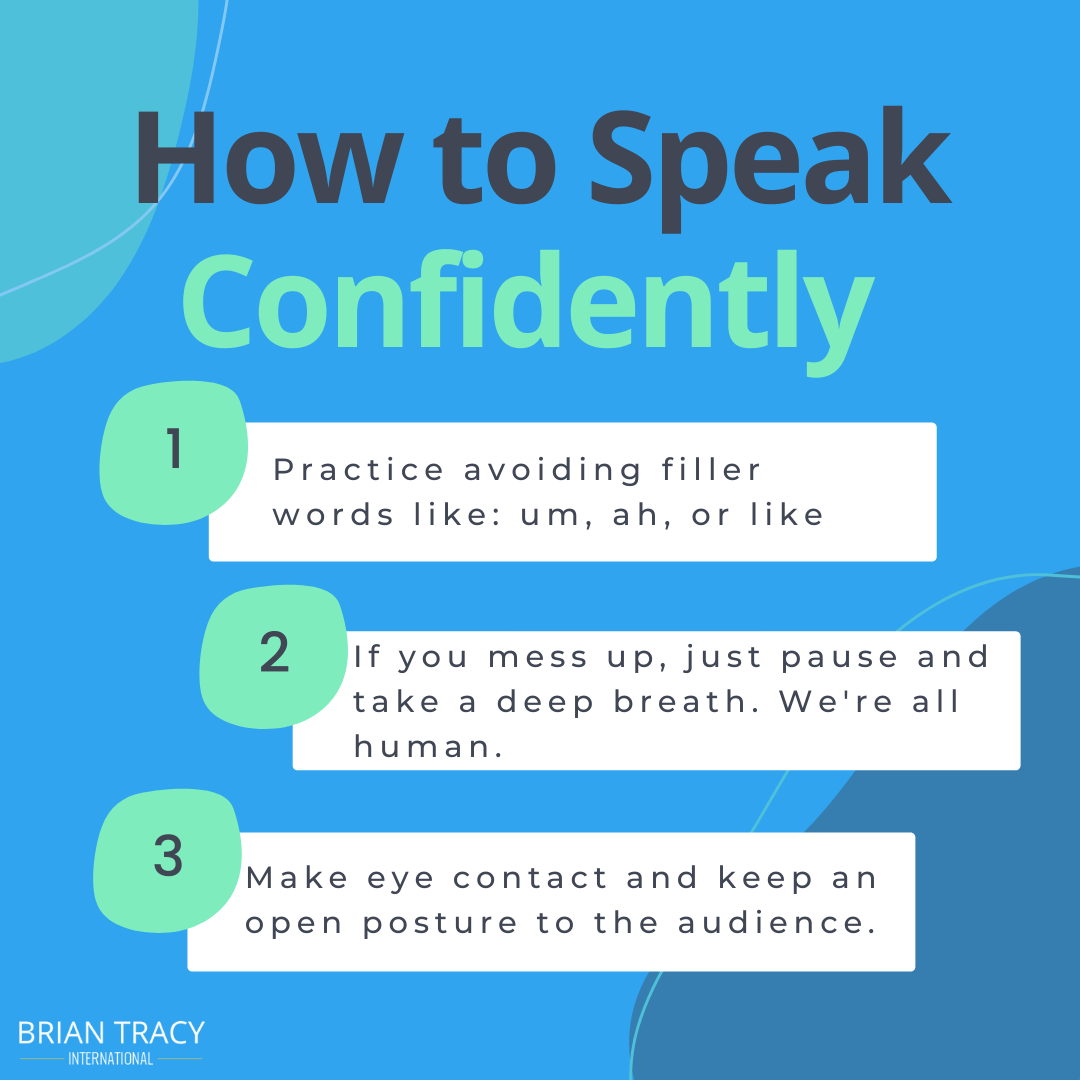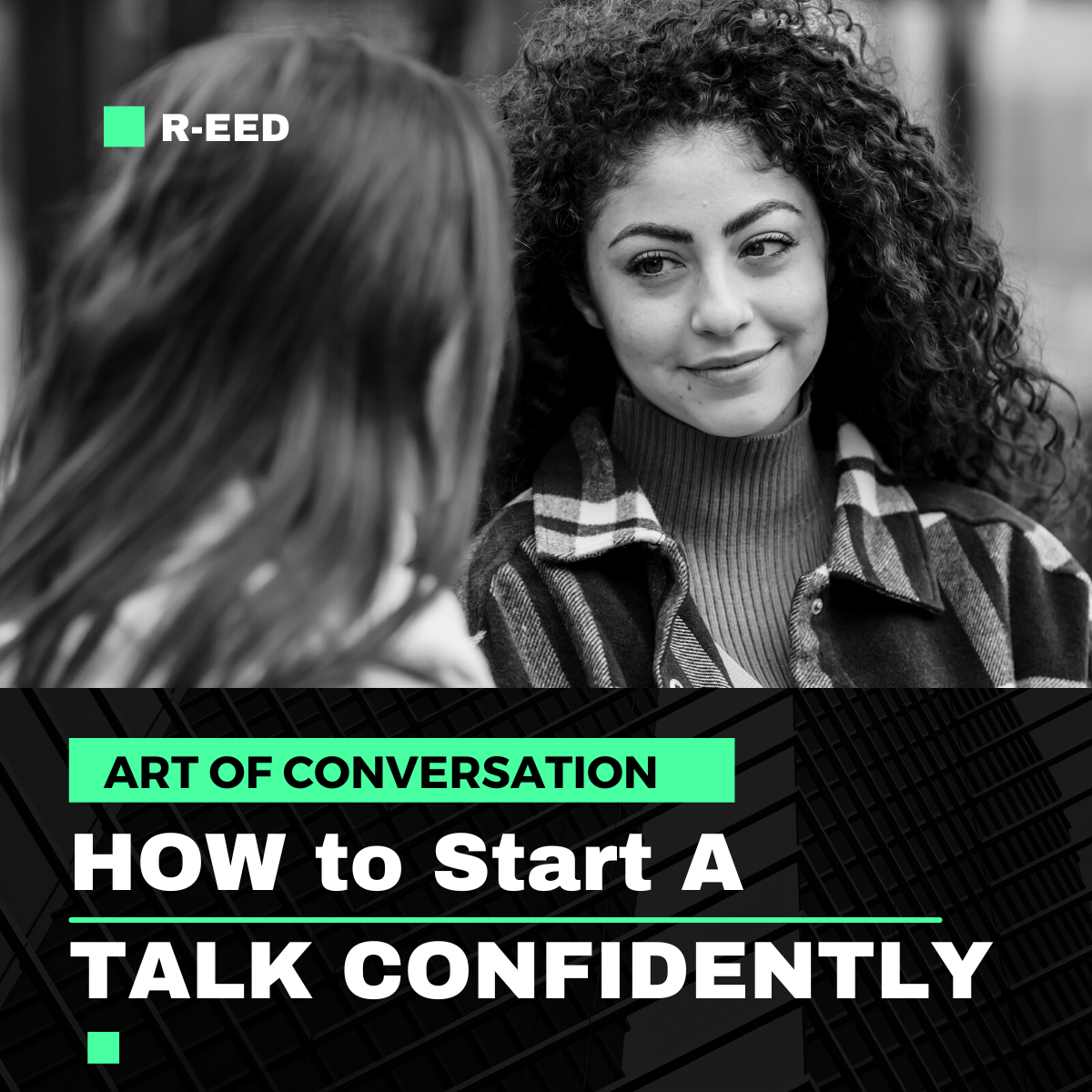How To Talk To Someone Confidently

Imagine walking into a room buzzing with conversations, the air thick with untold stories and unspoken connections. You spot someone across the room you'd love to meet, but a knot of anxiety tightens in your stomach. The question isn't just what to say, but how to say it with a confidence that feels genuine.
Learning to communicate confidently isn't about transforming into someone you're not, but rather about embracing your authentic self and expressing it effectively. It's a skill, like any other, that can be honed and refined with practice and understanding.
Understanding Confidence: More Than Just Extroversion
Many mistakenly equate confidence with extroversion. But true confidence isn't about being the loudest voice in the room. It's about having faith in your own thoughts and opinions, regardless of whether they align with the majority.
Dr. Olivia Fox Cabane, author of "The Charisma Myth," emphasizes that confidence is a learned skill, not an inherent trait. This understanding alone can be empowering, reframing the challenge from an insurmountable obstacle to a manageable journey.
Building a Foundation of Self-Worth
Confidence begins with a strong foundation of self-worth. Take time to reflect on your strengths, accomplishments, and positive qualities. Acknowledge your weaknesses without dwelling on them, viewing them as opportunities for growth.
Positive self-talk is key. Replace negative thoughts with encouraging affirmations. Remind yourself of your capabilities and past successes. Recognize that everyone experiences moments of self-doubt, and it doesn't diminish your value.
Mastering Nonverbal Communication
Communication isn't just about the words we use. Nonverbal cues play a significant role in how we're perceived. According to research from UCLA, as much as 70-90% of communication is nonverbal.
Maintain eye contact, but avoid staring. Practice good posture, standing or sitting tall with your shoulders relaxed. Use open and welcoming gestures, such as uncrossing your arms and smiling genuinely.
The Art of Conversational Confidence
Starting a conversation can be the most daunting part. Prepare a few open-ended questions beforehand. These questions encourage the other person to share their thoughts and experiences.
Active listening is crucial. Truly listen to what the other person is saying, rather than just waiting for your turn to speak. Show genuine interest by nodding, making eye contact, and asking follow-up questions.
"The most basic and powerful way to connect to another person is to listen. Just listen," said Rachel Naomi Remen, M.D.
Navigating Difficult Conversations
Not all conversations are easy. When faced with a challenging topic, approach it with empathy and respect. Acknowledge the other person's perspective, even if you disagree with it.
Express your own views clearly and calmly, avoiding accusatory language. Focus on finding common ground and solutions, rather than dwelling on disagreements. Remember, respectful disagreement is a sign of healthy communication.
Setting boundaries is an act of self-respect and promotes healthier interactions. Clearly and assertively communicate your limits. Learning to say "no" gracefully is an essential part of confident communication.
The Ongoing Journey of Confidence
Building confidence is a continuous process, not a destination. There will be setbacks and moments of self-doubt along the way. View these experiences as learning opportunities, not failures.
Seek feedback from trusted friends or mentors. Identify areas where you can improve and set realistic goals. Celebrate your progress, no matter how small it may seem.
Ultimately, confident communication is about connecting with others authentically and meaningfully. By embracing your true self and developing your communication skills, you can navigate any social situation with grace and assurance.


















